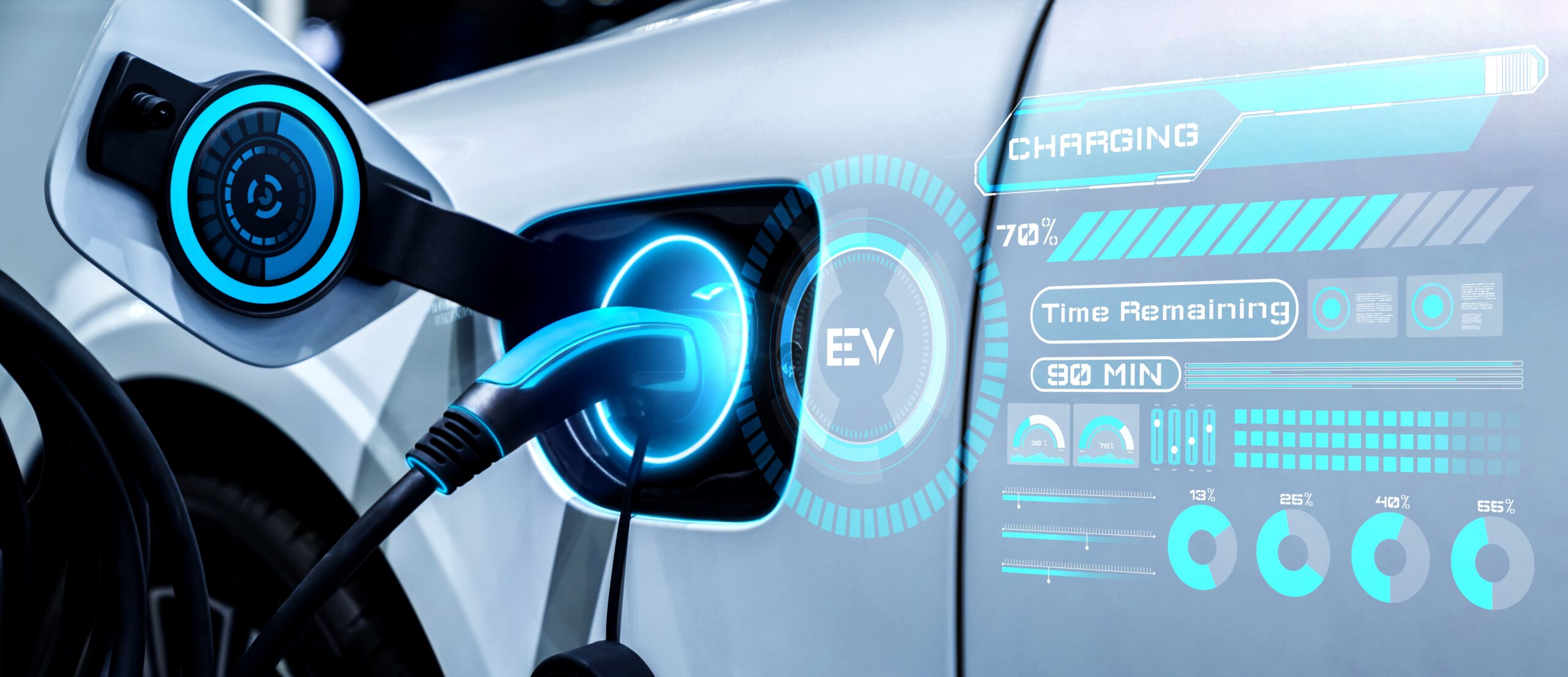Just a few years ago, the distributed energy resource (DER) corner of the internet was rife with references to what a distributed energy resource management system (DERMS) is and is not. Organizations like Smart Electric Power Alliance set out to define DERMS with initiatives that remain ongoing. Today, requests for information and conversations with our industry peers indicate that while confusion around defining DERMS still exists, the market is beginning to coalesce around a common understanding.
Based on market insights, Generac Grid Services will be using the following definition of DERMS:
Software used to manage the reliability of the distribution grid as new loads come online (i.e., EV charging, electric heat/water, battery storage) in conjunction with higher levels of connected solar, wind and storage also installed at the grid edge (front-of- or behind-the-meter) to better manage voltage and power flows of the delivery system. It can also reduce the impact of traditional fossil fuel baseload and peaking generation being taken offline.
The Grid Services team has carefully crafted this definition based on system elements that we feel vendors and our utility customers will all agree make up a DERMS.
Components of a DERMS – an Inexhaustive List
Breaking down a DERMS is not a simple exercise as it requires consideration for all potential use cases of the platform. Further, the DERMS is just one system in an interconnected enterprise of utility systems responsible for keeping the grid efficient and stable. At face value, four defining features of a DERMS include:
- Provides operational insight and control of distribution connected behind-the-meter and front-of-meter assets in managing the grid, extending the distribution management system.
- Has a distinct role from the ADMS, despite likely (but not mandatory) integration to the (A)DMS system, with use cases highly dependent on a given DER’s grid location and the parameters on the lines that supply it. Recognizes and has mechanisms to manage changing locations, for example, based on network switching actions or the mobile aspect of EVs.
- Must support advanced distribution optimization use cases, including autonomous frequency correction, active power control against an automatic generation control (AGC) signal, real power (watts) and reactive power (VARs) control, and voltage management and optimization.
- Primarily serves the distribution operations or power operations team and is implemented based on the requirements these groups provide. May engage and benefit demand-side management programming teams as stakeholders when not in use for reliability needs.
What a DERMS is Not
Much of the DERMS-related confusion that Generac Grid Services encounters today surrounds developing and deploying DER programs to serve peak load management use cases. These programs are primarily driven by pairing a DRMS with additional programmatic services to deliver an end-to-end solution. Non-DERMS elements of a DRMS-based device program include the following:
- Primarily serves demand-side management organizations in regulated utilities, non-regulated utilities, and energy retailers.
- Leverages almost exclusively demand response functionality without the abovementioned frequency, active power, reactive power, or voltage control.
- Geared heavily toward engagement services and software to support program design, customer acquisition and enrollment, and other end customer communications.
- Absence of integration with front-of-the meter or distribution system operator assets.
Clearing Up the Confusion
The above comparisons then beg the question of where the sources of confusion between DERMS, DRMS, or DRMS-based device programs lie. The answer may result from lingering, inconsistent industry terminology beyond just that of DERMS. Perhaps two additional definitions we use will help to solidify the positioning:
DRMS: Software that enables the reduction of load over a defined area, generally based on specific Program rules. Includes cradle-to-grave capabilities from signup, management, dispatch, measurement and verification, reward or incentive payment and unenrollment.
and
DRMS-based Program: DRMS software that includes the design of the program and may also include the marketing, sale, logistics and installation of hardware that is admissible into the Program, usually at a deep discount, free, or provided with installation services.
Generac Grid Services is confident that leveraging these definitions will help to clear up the confusion in the great DERMS vs. DRMS debate. We welcome collaborative discussions with our peer vendors in the industry to help us put forth a standard definition for our utility partners. And, based on these definitions we ask our utility colleagues, “of the available tools available in the market, which one best fits your current and future needs?”

Eric Young
VP, Industry Solutions, Generac Grid Services




